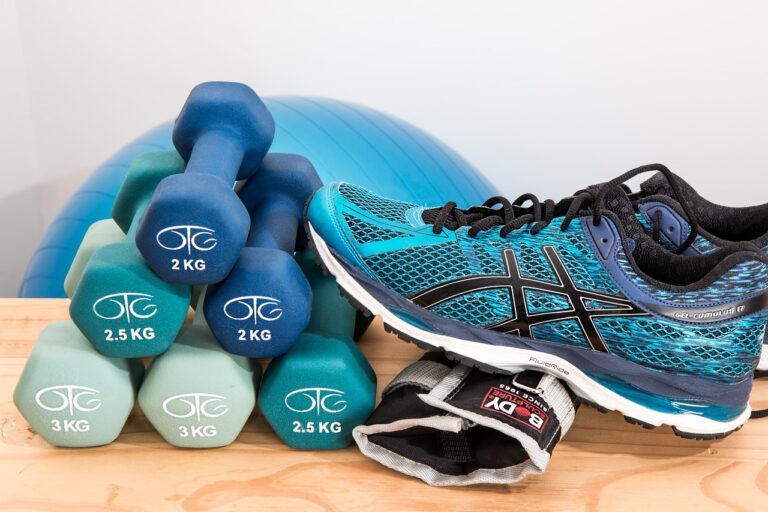Simplify Technology with Limits

I am no technophobe, but I do believe in living consciously … and technology has a tendency to overrun our attention and our lives.
It’s designed to do that: tech companies are motivated to keep our attention in their apps, their websites, their devices. They’ve found incentives for us to keep using the technology, shiny new things every second, powerful recommendation engines, tapping into our desire not to miss out, to be entertained, to run to comfort.
But you know all that. The problem comes when we try to figure out how to get a grip on it all, to tame technology to do what we need and then let it go so we can be more present, go outside more, move more, be connected to each other in real life more. Wrangling the chaos into something that we use consciously isn’t always easy.
I propose simplicity. And the method I propose is limits.
This is nothing new — I’ve been an advocate of the simplicity of limits for well over a decade, and many others have proposed simplicity and limits as well. It’s a movement, if one that’s drowned out by technology.
But as with anything, we have to keep revisiting it. Keep coming back. Keep reminding ourselves. Keep practicing.
Here’s the practice of simplicity through limits, as applied to technology:
- Notice where it’s overrunning your life. Where do you get caught in a loop of watching videos or looking at people’s photos over and over, in a rabbithole of reading social media or news sites, in response mode of checking messages often and replying to everything right away? If you feel a bit addicted to Instagram, Twitter, Reddit, Youtube, Netflix, Facebook, Messenger/Whatsapp or the like … this is an area to apply a little focus. You might make a short list of places to focus on. Add to this when you notice other areas overrunning your attention.
- Think of the simplicity that you’d like. Are you happy with technology filling up your attention as it is right now? If so, there’s no need to simplify. But if you’d like to be more present, more connected to others, more focused on your meaningful work, more active outside of technology … then ask yourself how much you care about this. Are you really committed to change here, or is it something you’ll just say you’re going to do? If you care about it, visualize the simplicity you’d like here. What does that look like? What benefits will it bring to your life?
- Think of appropriate limits. So let’s say you want to limit your time on Instagram (let’s say it’s a big time suck for you) … one limit might be to not check it on your phone (delete the app). And you decide to only look at it on your web browser after 7pm. Now, these are just examples — the right limit is one that feels workable for you, but that creates the amount of simplicity and focus you’d like. I’ll give more specific ideas for limits below, but in this step, you just choose the limit(s) that you think will work for you in each area of technology.
- Write the limits down & share it with one person. Actually write down your limits. For example, in a notebook, write, “I will only check Facebook once a day, from 5-6pm.” Make a list of all of your limits in one place and share it with someone, so you are committed to these limits.
- Put the limits to the test. Try these new limits for a week. Really commit to it, don’t just say you’re going to do it. Feel committed to it in your heart. Then actually try to stick to the limits. At the end of each day, reflect on how it went … did you stick to the limits? What got in the way? See how it goes each day for a week. This is the real-world test for the limits you’ve created.
- Adjust as needed. Do you need to change the limits in some way to make them more doable? Or is there a way you can deepen your commitment? What reminders can you set? What accountability can you create? How can you adjust your method? Maybe other areas are coming up that you didn’t realize — reading blogs browsing through certain websites, perhaps. Add these to your list, set limits. Adjust each week.
That’s the general process … but let’s talk about some specific ideas.
Simple Limits for the Phone
The phone is one of the biggest addictions for most people, because it has so many other addictions inside of it! From Facebook and Instagram to news and messages, it’s all there, anytime you get the itch.
Here are some ways you might limit your phone (pick and choose what would work for you):
- No phone use in the car, at the dining table, while in line, or while talking with other people. If you’re having coffee or lunch with someone, agree to put the phones away unless you really, really need to look something up or put your next date on the calendar. If you’re eating dinner with family, make the same agreement. If you’re driving in the car (or riding with someone), tell yourself that all messages and other stuff can wait until you get to your destination. If you’re in line, there’s a strong tendency to fill the waiting by looking at something on your phone or doing something useful … but cut that off and see if you can just be present.
- Delete the apps that are your biggest temptations. I recently deleted all social media, news and other distracting apps on my phone. Now I have Instapaper and Kindle (for long-form reading), Whatsapp (for family messages), Todoist to update my todo list, and some other as-needed apps (Chrome for looking things up, some financial apps, and some travel apps). Having a phone without the biggest temptations (Facebook, Twitter, Reddit, Instagram, etc.) will drastically simplify your tech life.
- Limit messaging to certain times, unless urgent. I have given in to the importance of messaging — I use Whatsapp for family, and Gmail and Slack for work. But I also believe in limiting all of these, otherwise it’s constant interruptions and responding to everyone else’s requests. Instead, I limit the responding to certain times — email in the morning and late afternoon, and 1-2 times a day for messaging. I make an exception for urgent messages that need a response sooner, which means I leave my notifications on so I can respond if really needed. My family would love it if I responded more quickly, I know, but setting limits means making tough decisions like this.
Imagine if you implemented limits like this — it would make most of our lives simpler, and give us greater focus. And yes, it could be even simpler, but this is what works for me right now.







